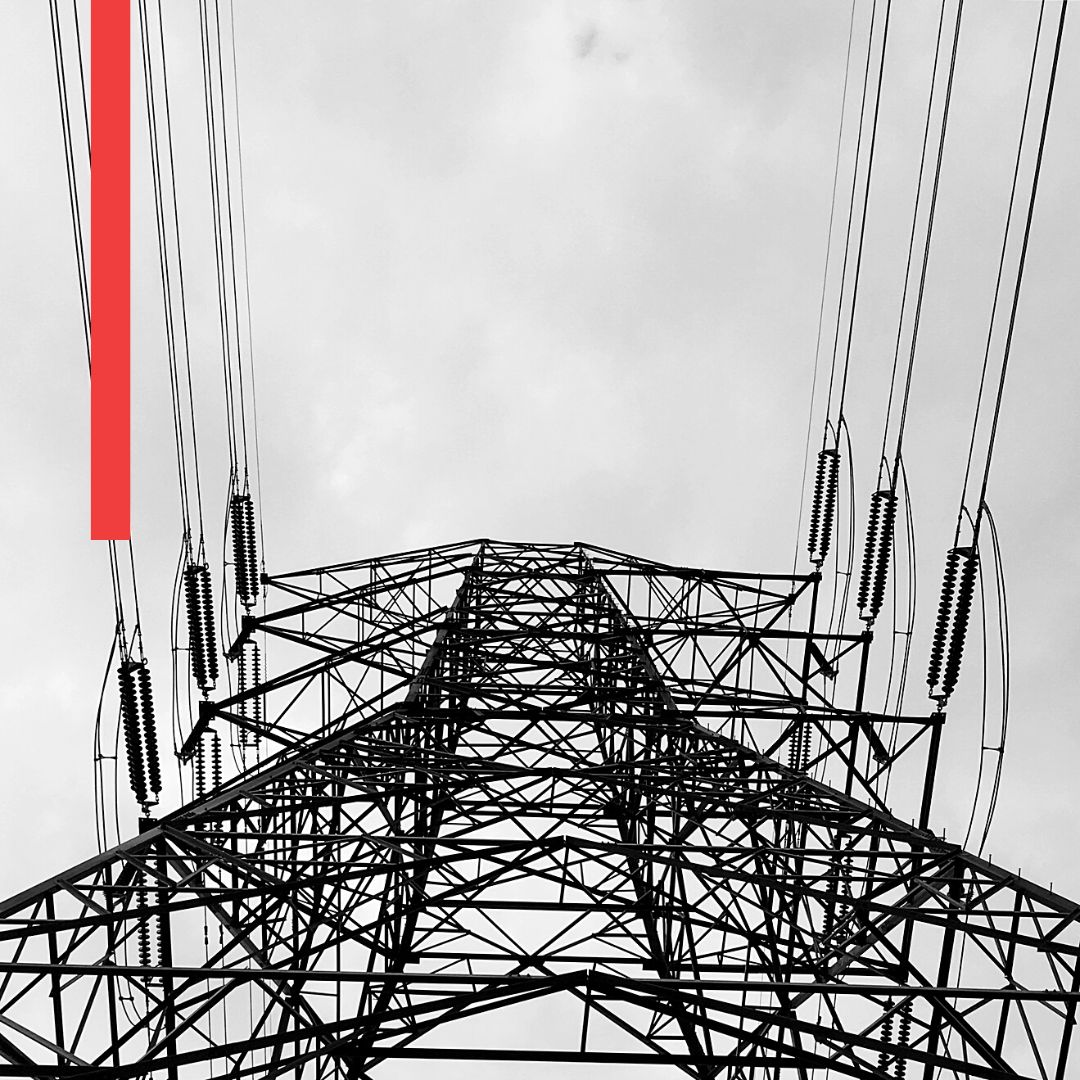Grid instability is a growing problem across the United States, and solar might be the fix.
When we flick on the lights in a room, few of us stop to consider exactly how far that electricity had to travel from its point of origin to reach our wires and outlets. The truth is that the vast majority of our nation’s power is generated at power plants often hundreds of miles away from our homes and businesses. When the lights come on, we’re not only paying for the cost to generate the electricity, but also the cost to deliver it. As our demands on the electric grid continue to increase as a society, the cost to deliver electricity to our homes and businesses is rapidly increasing at a rate that is downright alarming to most.
The most effective way to reduce strain on the power grid is to increase the number of locations where energy is produced throughout our communities, closer to where the energy is consumed.
Residents in states like California are experiencing “hot periods” where the strain on the electric grid is so intense that the cost of electricity has increased more than three times. Some communities have even had to resort to mandatory blackout periods. The most effective way to reduce strain on the power grid is to increase the number of locations where energy is produced throughout our communities, closer to where the energy is consumed. This concept, known as distributed solar, leverages otherwise unused space, such as the rooftops of commercial buildings like shopping malls that can support the energy needs of the nearby businesses and residents.

Distributed solar reduces strain on grid infrastructure
As our society evolves to adapt more clean energy technologies, the opportunities for innovation are limitless. Utility-scale solar farms provide an excellent source of clean energy, however, they do not solve the strain that transmission has on our current power grid infrastructure.
Distributed solar increases the number of places throughout the grid that power is being generated and reduces the number of miles that power needs to travel for delivery, reducing the overall burden on the current power grid infrastructure.
Leveraging otherwise unused commercial spaces
Rather than compromising ground-level real estate that can be used for residential development, agriculture, or recreation, why not take advantage of otherwise unused rooftop spaces? Placing commercial-scale solar farms on top of commercial buildings, like shopping malls, puts the power directly into the hands of businesses and individuals that will be using it, without any visual or physical sacrifice. A typical neighborhood shopping center may have 50,000 to 100,000 sq feet of available roof space, while a larger shopping mall may have 500,000 sq ft or more. Shopping malls are already some of the largest and most frequently occurring commercial spaces in most communities. Their busy stores and cranking HVAC systems are real energy consumers. Therefore, the otherwise vacant rooftops seem like a completely logical location for distributed solar energy production.

Monetary incentives for business owners
Not only does distributed solar relieve strain on the power grid and help reduce the cost of electricity, there is also the immediate financial benefit to the asset owners.
Not only does distributed solar relieve strain on the power grid and help reduce the cost of electricity, there is also the immediate financial benefit to the asset owners. The operators of a commercial space, such as a shopping mall, can lease their rooftop for solar energy production and offer their renters access to discounted clean energy. This is a value-add for shop operators within the mall, making their businesses financially and environmentally more sustainable. Visit KingEnergy.com to learn more about turning the rooftop of your commercial building into an energy and income producing asset.
